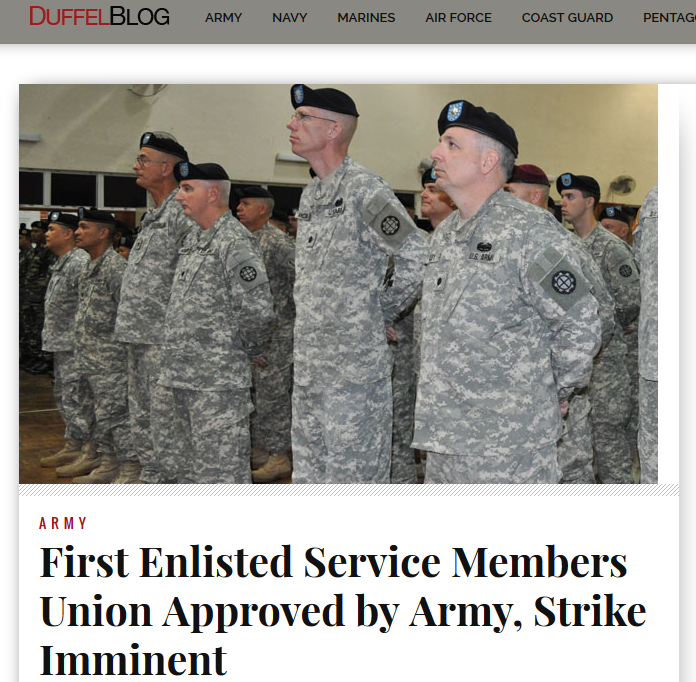At Samizdata, Patrick Crozier explains how the cost of a new technology and the union work rules of the 1960s led to so many great (and not-so-great) British TV shows being lost to posterity:
Something like two fifths of the Doctor Who episodes produced before 1970 are “missing” from the BBC archive. Although it is now 20 years since I found out about it, I still find it difficult to believe that such an act of cultural vandalism was allowed to take place. But it was.
So why are so many missing? In Wiped! Richard Molesworth describes the whole sorry tale in exhaustive (and some times exhausting) detail. It begins with Doctor Whos being recorded on videotape. In the 1960s videotape was a new technology and as such, expensive. Broadcasters were understandably keen to re-use the tapes whenever they could.
Another factor in this was the deal that the BBC had made with the actors’ union Equity. Younger readers may be unfamiliar with this but in the 1960s and 1970s unions were extraordinarily powerful. The deal between Equity and the BBC meant that an episode could only be repeated for two years and after that only with Equity’s specific permission. So, you’d have a situation where after 2 years you would have videotapes that effectively could not be broadcast and an engineering department banging on the door demanding they be allowed to wipe them. As a consequence every single inch of 1960s Doctor Who was wiped. It was far from alone. Episodes of Top of the Pops, the Likely Lads, Not only but also…, Z-Cars, Til death us do part and many others met a similar fate.
In the interests of fairness I should point out that when it came to wiping TV programmes the BBC was far from the only offender. There is almost nothing left of the first season of the Avengers for instance. Or Sexton Blake. About half of the highly-rated Callan (played by Edward Woodward) is also missing. However, all the Saints and Danger Mans are still with us. Meanwhile, my understanding is that most American TV, even from the 1950s still exists.
And compounding the problem … even when the BBC wanted to get rid of old episodes of TV shows, they still held the copyrights:
One thing that particularly sticks in my craw is the fact that even after the BBC did everything in its power to destroy these episodes it still has copyright to them. This has some very peculiar effects as I shall explain.
As I said, many episodes no longer exist as films or tapes. But all the audios exist (recorded off-air by fans), as do the scripts and a large number of photographs, otherwise known as “tele-snaps”. Over the years a cottage industry has grown up assembling these disparate elements into what are known as “reconstructions”. Now, they’re not very good and they are really only for the dedicated fan – people like me in other words – but right now they are the best we’ve got. Sadly, these too are affected by BBC copyright. For many years they were only available on videotape and on a non-profit basis. The producers were wary of annoying the BBC. And then one day someone (quite reasonably you’d think) decided to start putting them up on YouTube. Oh dear, the BBC really didn’t like that. Not only did they force YouTube to take a whole load of them down but seem to have closed down the reconstruction business temporarily if not permanently. Bastards.




